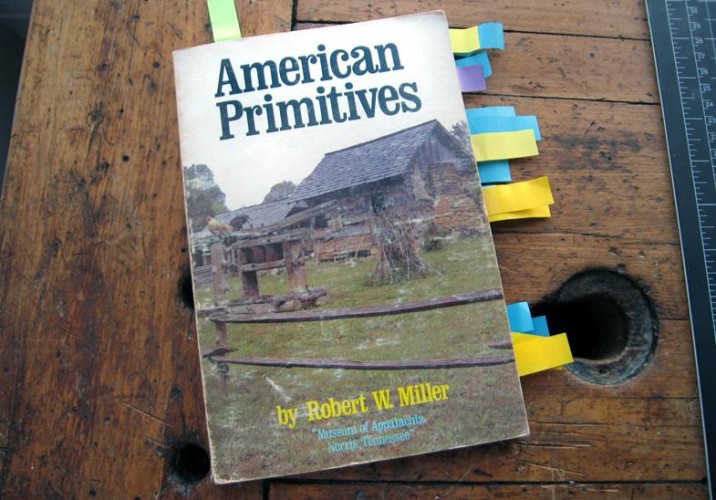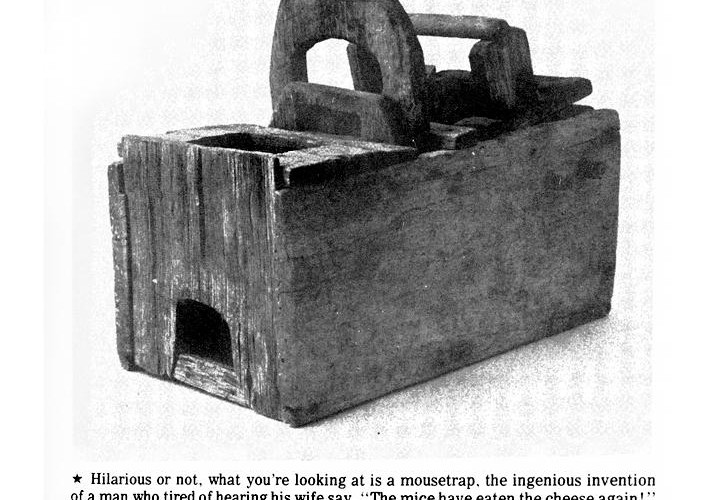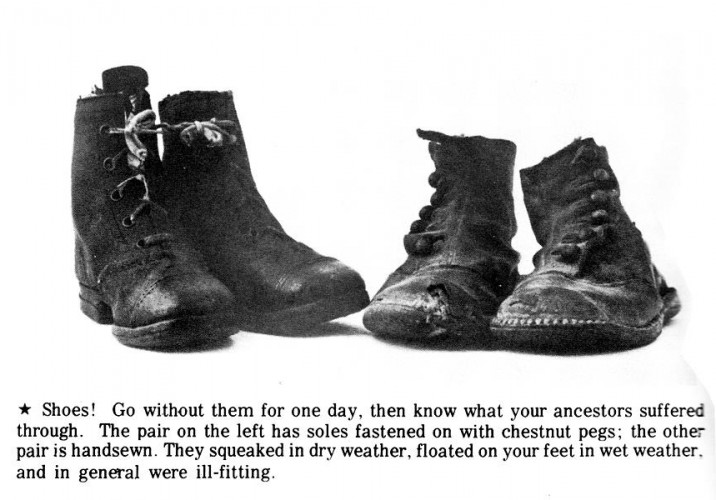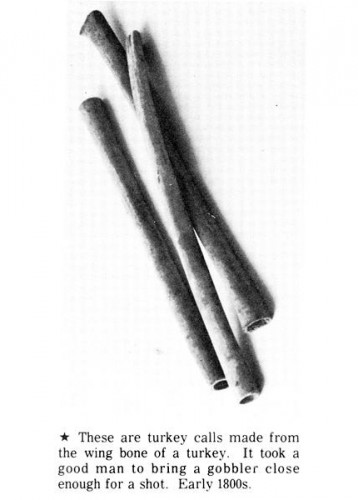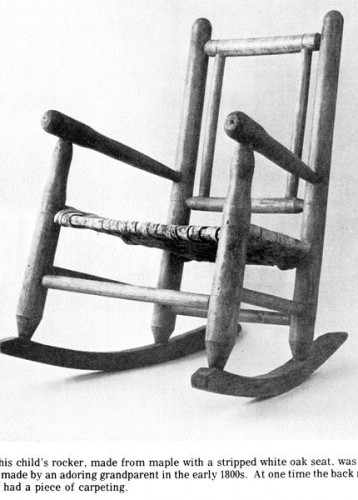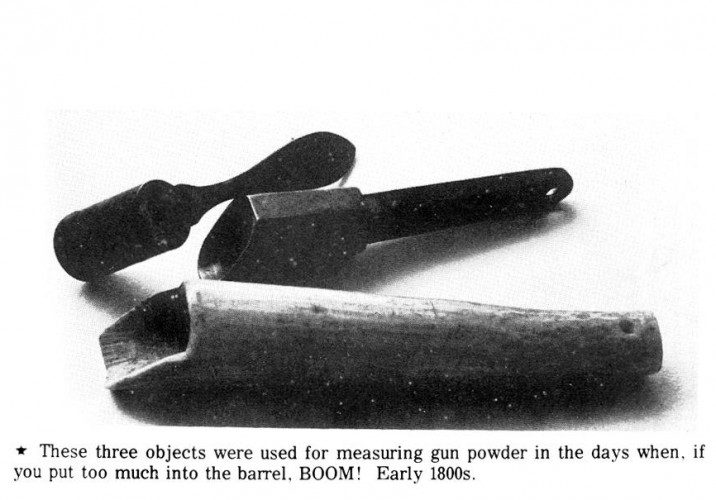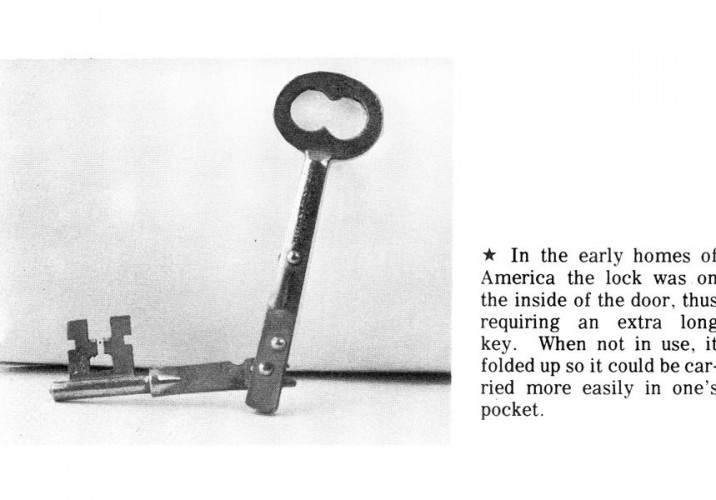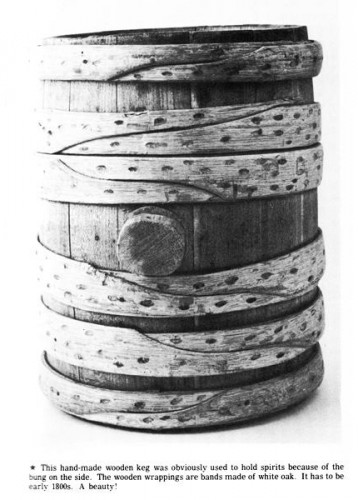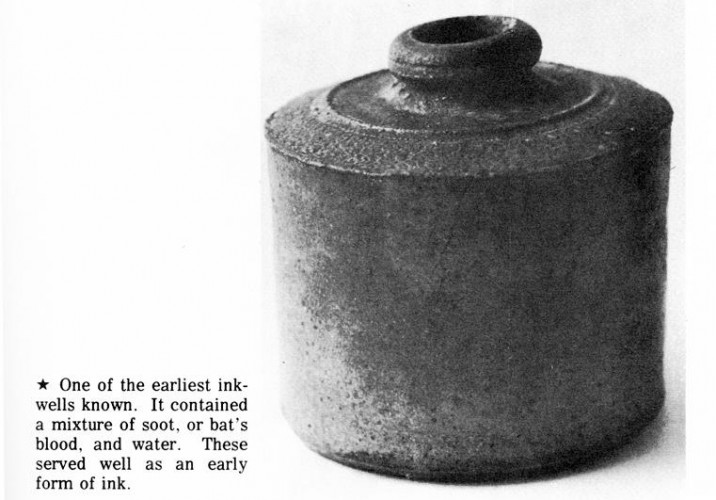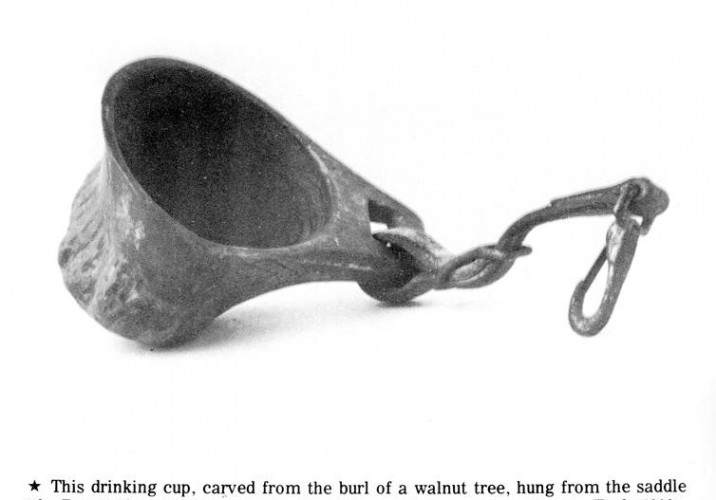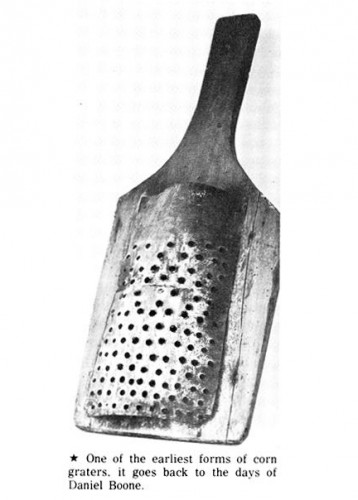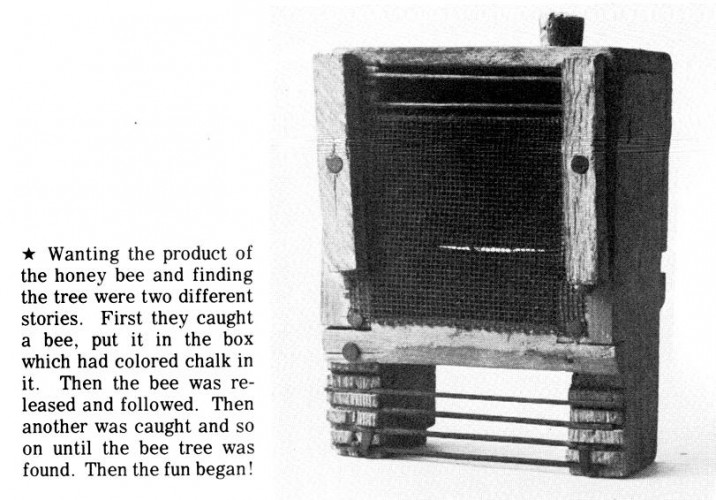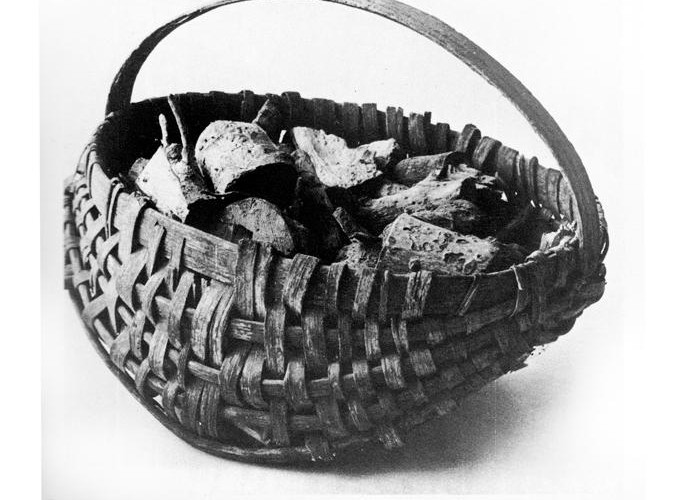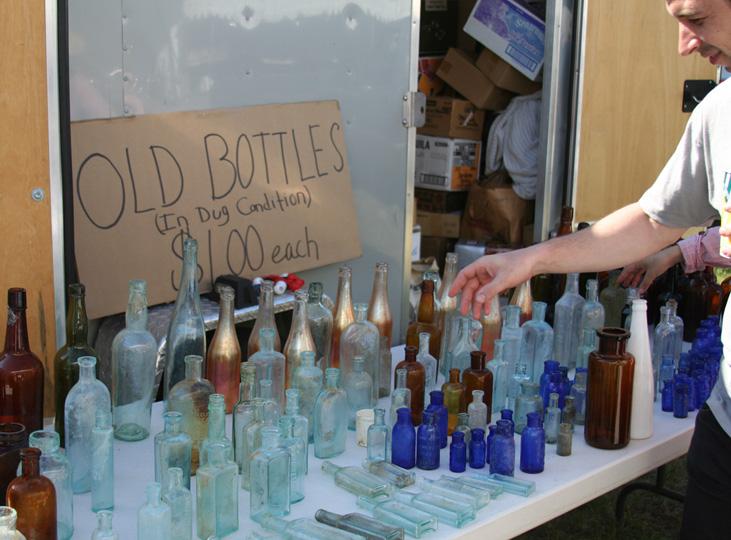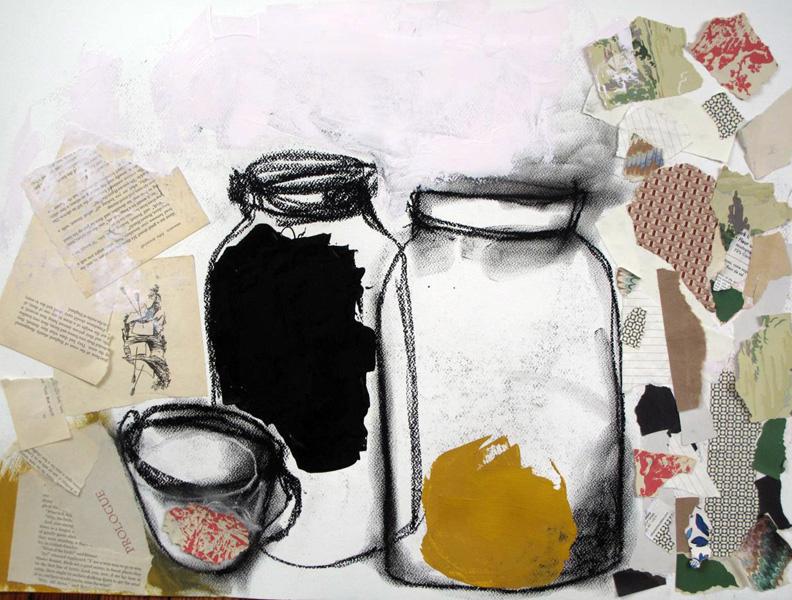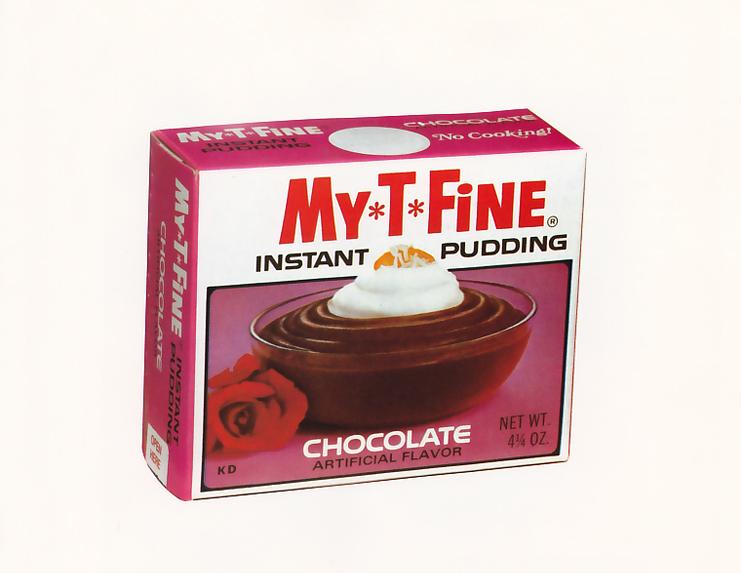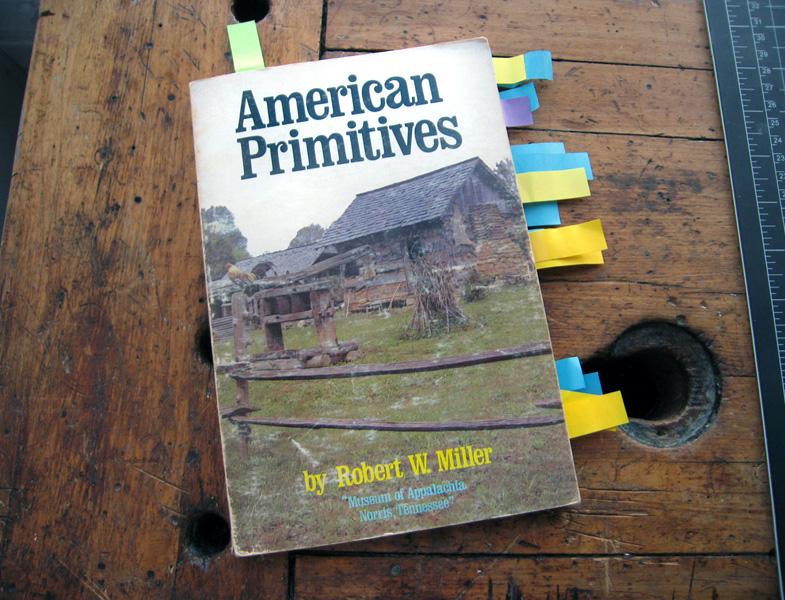
07.02.10
From the Archives
Paul Loebach on American Primitives
Two hundred years ago, when American pioneers were streaming across the country making homes for themselves in the uncharted wilderness, anyone who needed a corn grater or a mouse trap had to knuckle down and make one. “Everyone was a designer,” says Paul Loebach, who’s long been fascinated by such primitive, purpose-built objects, typically hand-carved in wood or crudely forged in metal. “Whereas Europe had a network of goods trading, for the settlers it was like, we’re limited to these five square acres. They had to be really clever to make the most out of what they had, and that kind of ingenuity is inspiring to me.” Already knowing this about the Brooklyn designer after interviewing him last November, Sight Unseen invited him to choose his favorite objects from the 1972 book American Primitives, which we found at an Ohio flea market for $2 and which contains several dozen annotated selections from Norris, Tennessee’s Museum of Appalachia.
To Loebach, the common thread that runs through most of early American design history — from the 18th- and 19th-century items in the book to the skillfully crafted Adirondack furniture that inspired his new Great Camp collection for Matter — is precisely that type of resourcefulness, creation as a kind of canny adaptation to circumstance. In American Primitives, that’s what must have led author Robert W. Miller to focus, sometimes to hilarious effect, on the lives of the people who likely used and made the objects rather than on the construction of the objects themselves. A goat yoke “kept Billy from getting through the fence”; a mortar and pestle signals the fact that local medicines were just as likely to end your life as they were to save it. “These are cultural artifacts that tell a story about the lives of the people at that time, which explains why the book’s captions are often weirdly too long — he’s trying to squeeze a character into each of them,” says Loebach. “The beehive isn’t a beehive, it’s the guy who wrestled with the bees each day to get the honey for the family. A lot of the objects I chose illustrate the trials and tribulations of life, all the things that we don’t have to deal with now that were such a pain in the ass back then.”
These days, of course, while American designers are still forced to be resourceful owing to their lack of access to manufacturing, the challenges they tackle are usually of their own creation. When Loebach began the Adirondack project, he sought out a special 4-axis milling machine — normally used to make foam display heads and other goods that need to be shaped on all sides — and painstakingly worked out a way to digitally sculpt the kind of incredibly intricate, stick-like furniture his forbears would have whittled by hand. Because Loebach’s next ambition is to use the same device to make shapes that are far simpler in their beauty, handing him American Primitives somehow felt doubly appropriate. Here are his favorite items from the book.
